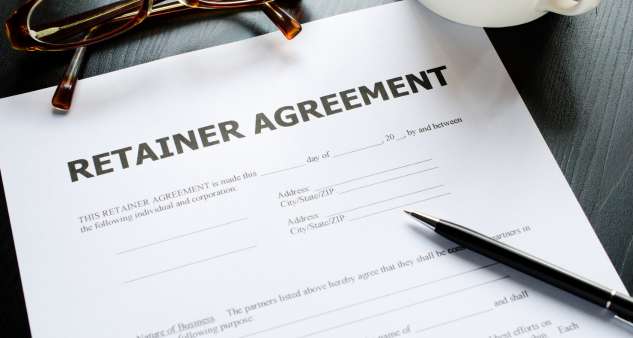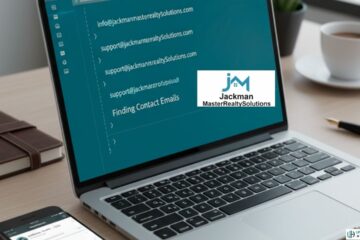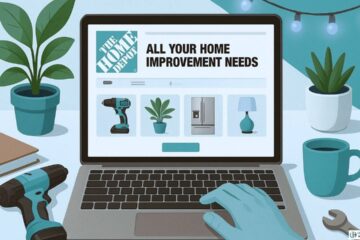Introduction: The Importance of Client Retention
World of freelancing, agency work, and small businesses, client retention is more than just a strategy—it’s a lifeline. Securing long-term clients not only provides a steady revenue stream but also reduces the constant pressure to find new clients. The cost of acquiring a new client is significantly higher than retaining an existing one, making client retention a top priority for savvy business owners. But how do you ensure that your clients stay with you for the long haul?
The key lies in two powerful strategies: effective proposal follow-ups and the implementation of retainer agreements. These tools, when used correctly, can turn a one-time project into a long-lasting partnership. Let’s dive into how you can leverage these strategies to build a sustainable client base.
The Role of Proposal Follow-Ups in Client Conversion
What Are Proposal Follow-Ups?
Proposal follow-ups are the communications you send to a potential client after submitting a proposal. These follow-ups are crucial because they remind the client of your proposal and demonstrate your continued interest in working with them. Often, a follow-up can be the nudge a client needs to make a decision, tipping the scales in your favor.
Timing Matters: When to Follow Up
Timing is everything when it comes to follow-ups. Sending a follow-up too soon may come across as pushy, while waiting too long could mean missing out on an opportunity. The best approach is to follow up within 3-5 business days after sending the proposal. If you haven’t heard back after the first follow-up, a second follow-up a week later can help keep the conversation going.
How to Craft Effective Follow-Up Messages
An effective follow-up message is clear, concise, and focused on the client’s needs. Start by referencing the proposal you sent, then briefly reiterate the value you can provide. It’s essential to end with a call to action, whether it’s scheduling a call, answering any questions they may have, or simply reminding them of the deadline to make a decision.
Personalization in Follow-Ups
Personalization is the secret ingredient that can turn a generic follow-up into a compelling one. Address the client by name, reference specific details from your proposal, and mention any recent developments or conversations you’ve had. This shows the client that you’re not just sending out a template but genuinely interested in their business.
Using Multiple Channels for Follow-Ups
While email is the most common medium for follow-ups, don’t be afraid to mix it up. Phone calls, social media messages, and even direct mail can be effective, depending on the client. Sometimes, a quick phone call can cut through the noise of a crowded inbox and lead to a faster decision.
How Retainer Agreements Ensure Long-Term Client Relationships

What Are Retainer Agreements?
A retainer agreement is a contract between you and your client that secures your services for a specific period, usually in exchange for a monthly fee. This agreement ensures that the client has access to your expertise whenever they need it, while you benefit from predictable income. Retainers are particularly useful in fields where ongoing work is common, such as marketing, web development, and consulting.
Types of Retainer Agreements
There are several types of retainer agreements, each suited to different business models and client needs:
- Monthly Retainers: The client pays a fixed monthly fee for a set number of hours or deliverables.
- Quarterly Retainers: Similar to monthly retainers but with a longer commitment, often used for seasonal businesses or larger projects.
- Project-Based Retainers: The client retains your services for the duration of a specific project, with the agreement ending once the project is complete.
How to Structure a Retainer Agreement
A well-structured retainer agreement should include:
- Scope of Work: Clearly define what services are included and what is considered out of scope.
- Payment Terms: Specify the payment schedule, whether monthly, quarterly, or tied to milestones.
- Duration: State the length of the agreement and any terms for renewal or termination.
- Responsibilities: Outline the responsibilities of both parties to ensure clear expectations.
- Confidentiality and IP: Include clauses to protect both your and the client’s intellectual property and sensitive information.
Negotiating Retainer Agreements
Negotiation is a critical part of setting up a retainer agreement. Be prepared to discuss the scope of work, payment terms, and any potential extras the client may want. It’s essential to be clear about your limits and ensure that the agreement is mutually beneficial. Remember, a retainer should provide value to both you and the client.
Ensuring Value for Clients
To keep a client happy under a retainer agreement, you must consistently deliver value. This could be through regular reporting, showing progress towards their goals, or simply being available when they need you. The more value the client perceives, the more likely they are to renew the agreement.
Best Practices for Implementing Follow-Ups and Retainers

Integrating Follow-Ups into Your Sales Process
The first step in successful follow-ups is to make them a standard part of your sales process. Use a CRM (Customer Relationship Management) system to track proposals and set reminders for follow-ups. This ensures you never miss an opportunity to re-engage a potential client.
Tools and Software for Managing Follow-Ups
Several tools can help you manage follow-ups efficiently:
- CRM Tools: Platforms like HubSpot, Salesforce, and Zoho allow you to automate follow-ups and keep track of client interactions.
- Email Marketing Software: Tools like Mailchimp or Sendinblue can automate personalized email follow-ups.
- Project Management Software: Tools like Asana or Trello can help manage client tasks and deadlines, ensuring nothing falls through the cracks.
Setting Clear Expectations in Retainer Agreements
Clarity is crucial when entering a retainer agreement. From the outset, make sure the client understands what they are getting, including deliverables, timelines, and communication frequency. This prevents misunderstandings and helps maintain a positive relationship.
Regular Check-ins and Progress Reports
Regular communication is key to a successful retainer relationship. Schedule check-ins to discuss progress, address any concerns, and plan for upcoming tasks. Providing regular reports can also help the client see the value of your work and justify the retainer.
Adapting to Client Needs Over Time
Flexibility is essential in long-term client relationships. As your client’s business evolves, their needs may change. Be open to adjusting the retainer agreement or the services you provide to better meet their current needs. This adaptability can strengthen the relationship and increase the likelihood of contract renewals.
Conclusion: Building a Sustainable Client Base
Securing long-term clients is about more than just delivering great work—it’s about building trust, providing consistent value, and maintaining open lines of communication. By mastering the art of proposal follow-ups and leveraging retainer agreements, you can create a stable, predictable income stream and foster relationships that last for years. Implement these strategies, and watch your business grow as your client base becomes more loyal and sustainable.
FAQs
- What is the ideal frequency for proposal follow-ups?
The ideal frequency is to send the first follow-up within 3-5 business days after the proposal, with a second follow-up a week later if needed. - How do retainer agreements benefit both parties?
Retainer agreements provide clients with ongoing access to your services and give you a steady, predictable income. - Can small businesses effectively use retainers?
Yes, small businesses can benefit from retainers by securing ongoing work and reducing the need for constant client acquisition. - What tools can help with managing client follow-ups?
CRM tools like HubSpot and Salesforce, email marketing software like Mailchimp, and project management tools like Asana are all useful for managing follow-ups. - How do you maintain flexibility in long-term client agreements?
Regular check-ins, clear communication, and a willingness to adapt the scope of work as the client’s needs evolve are key to maintaining flexibility.









